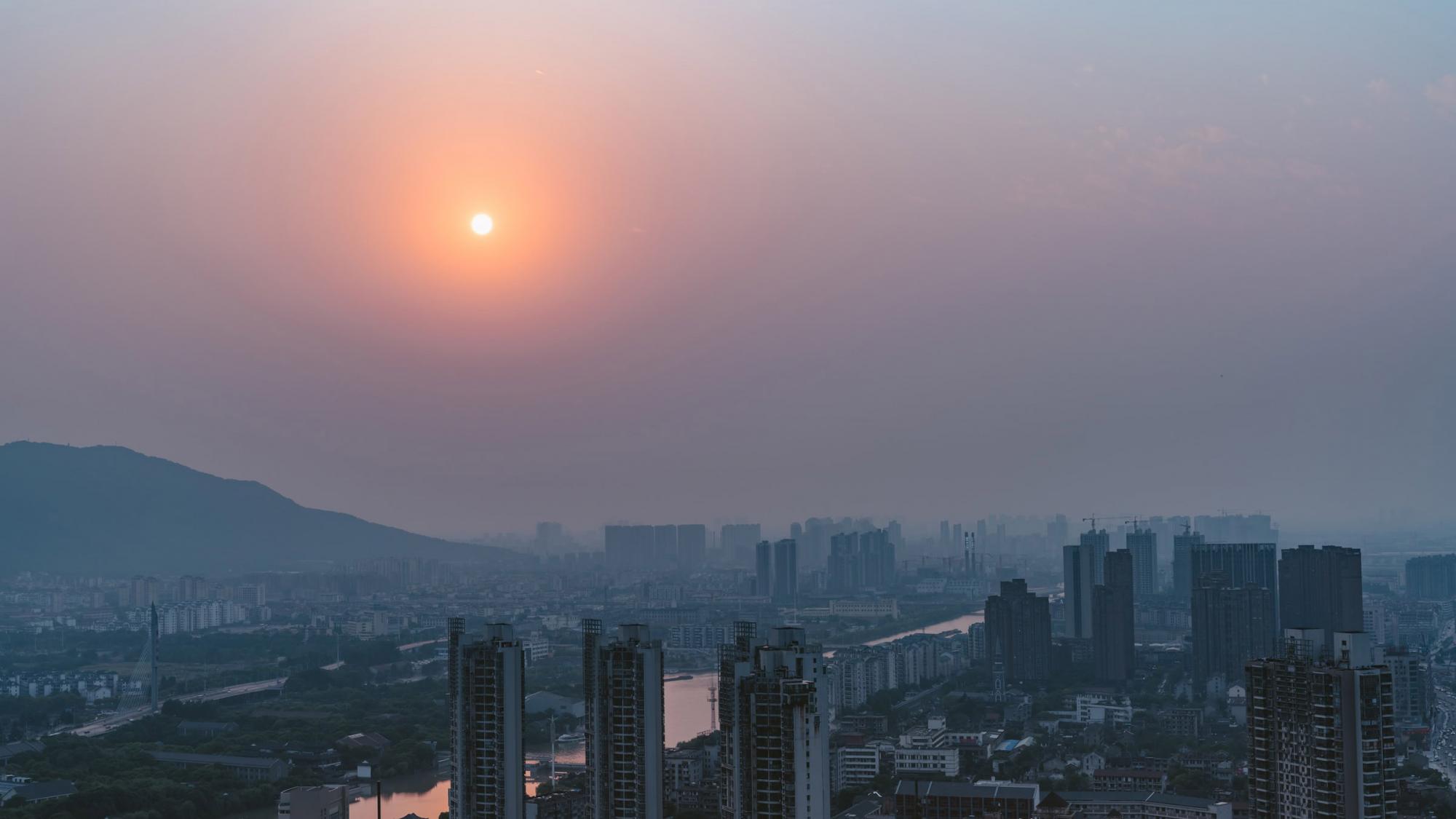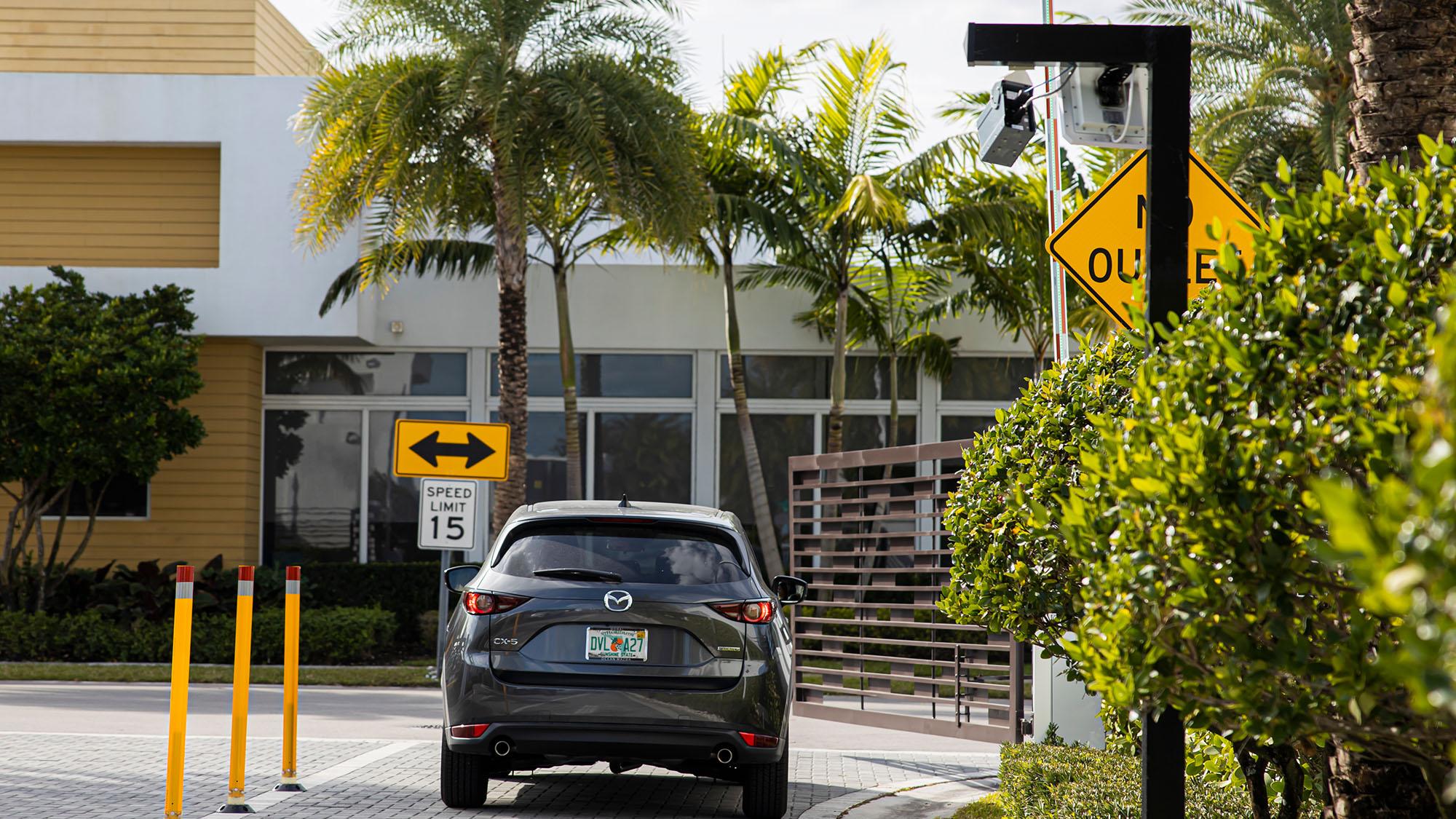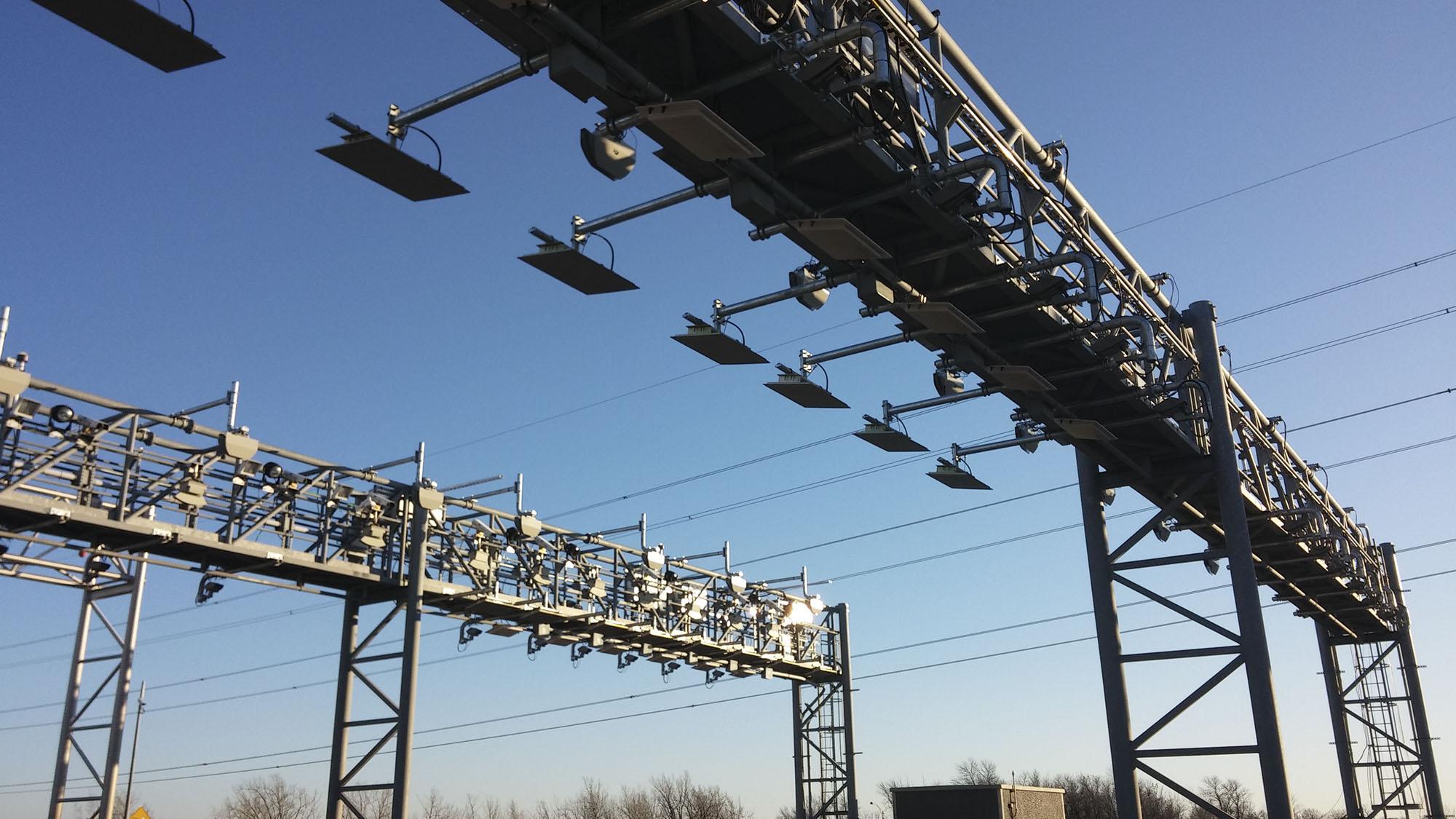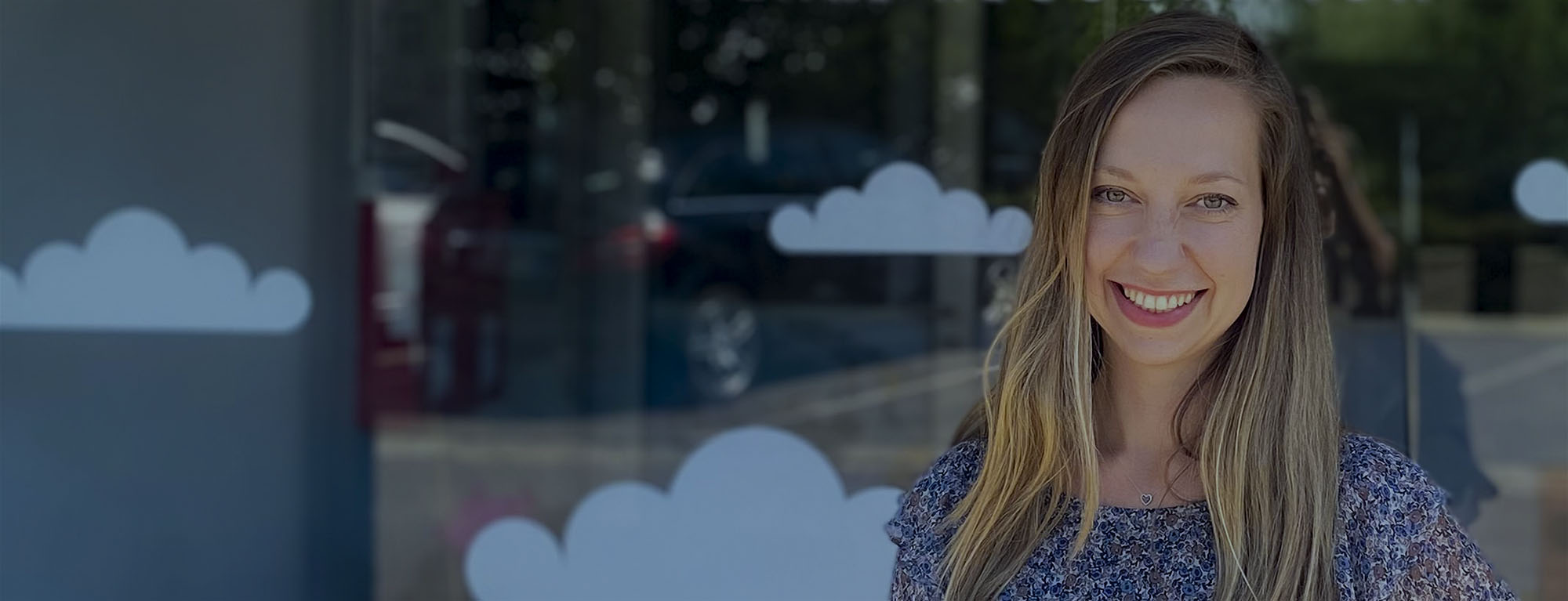

How can LPR help reducing air pollution?
How the simple fact of reading license plates leads to make our air cleaner
Every day that passes, pollution becomes even more of a worry for populations and governments worldwide. The most recent studies show that more than 8 million people die every year from bad air quality; 12.5% of deaths (1 in 8) in the EU are linked to air pollution, according to a report published by the EEA (EU Environment Agency) in September 2020.

Air pollution is now proven to be more deadly than even cigarettes, affecting human life through heart diseases, lung cancer and other respiratory problems. For the first time, in 2020, pollution was the first issue for people in surveys, before unemployment or security.
Air quality is primarily affected by fine particles, Nitrogen Dioxide, Carbon Dioxide and Ozone emissions. Transportation activities are the first source of Greenhouse Gas emissions (30%) and road transportation Is by far, the main source among transport activities.
Controlling road transportation and finding ways to reduce its impact on air quality has a major overall effect on pollution and is considered a priority for governments.
LPR/ANPR could play a significant role in making our air cleaner
The main advantage of LPR/ANPR is that it can help reduce emissions by ensuring that vehicles are not using more gas than they should.
Thanks to LPR, it’s possible to count vehicles; this allows off-street and on-street parking systems to localize free parking spaces. This “little” enhancement leads to huge decreases in air pollution at the same time as increasing the quality of customer service: most drivers will spend less time finding a place to park.

Thanks to the automatization of barriers in FreeFlow / Ticketless Parking with license plate recognition, they will also spend less time coming in and going out of off-street parking, leading to lower emissions.
By identifying vehicles through license plates, License Plate Recognition (LPR/ANPR) can help enforce eco-regulations, limiting vehicles’ access to restricted areas that don’t match these regulations.
LPR is the best technological tool to enforce Low-emission zones and ensure that only electric or hybrid vehicles access city centers where ground transportation pollution is extreme and harmful.
LPR can also be used to enforce H.O.T. (High Occupancy Tolls) and H.O.V. (High Occupancy Vehicles) lanes and identify trucks that are not respecting limits to weight loads on motorways.

On Motorways, Free-flow tolling (instead of traditional stop&go tolling) significantly reduces emissions by reducing jams at toll lanes, as well as the energy needed to gear up heavy trucks that have been forced to stop at plazas.
By avoiding “frictions” in road transportation, LPR/ANPR represents an essential contribution to developing pollution-reducing technologies that will make this planet a better place to breathe and live.
LPR Cameras In depth
Different types of LPR cameras with specific capabilities for multiple scenarios with different requirements such as ticketless parking, tolling, access control, street surveillance and smart cities
Picopak
The world’s smallest LPR camera for security and on-street parking control
Micropak
High performance LPR camera for the most challenging sites such as very short distances and open angles
Nanopak
More affordable, smaller yet very fast and precise LPR camera, ideal for barrier or totem embedding
Visipak
Ideal for ITS and Tolling, this powerful camera works at large distances and very high speeds
Citypak
Compact and affordable LPR camera with 4G connection, designed for Smart city
What makes them Advanced?
Thanks to Ad-Hoc hardware and firmware, LPR Cameras are specifically designed to locate, read and digitalize license plates in complex conditions where other equipment fails
Supervision Dashboard
Human/Software Supervision tool that certifies installation and monitors performance
No LPR Server Needed
LPR is performed in the LPR cameras firmware
No trigger needed
LPR cameras detect and process plates at vehicle speeds as high as 250 kph
All included
Lights, protection and connection are integrated into the LPR Cameras
Short & Fast!
The shortest LPR distance (from 5ft!) at the highest reading speed (20ms)
Performance Warranty
Contractual ensurance of performance or money refund
Advanced Support
Highly trained, dedicated teams for every project. Quotes in 24 hrs, shipping in 48
AI powered firmware
Neural networks are used to learn from every plate read and increase performance over time
One camera per lane
You do not need more than 1 Survision LPR camera to get LPR working

